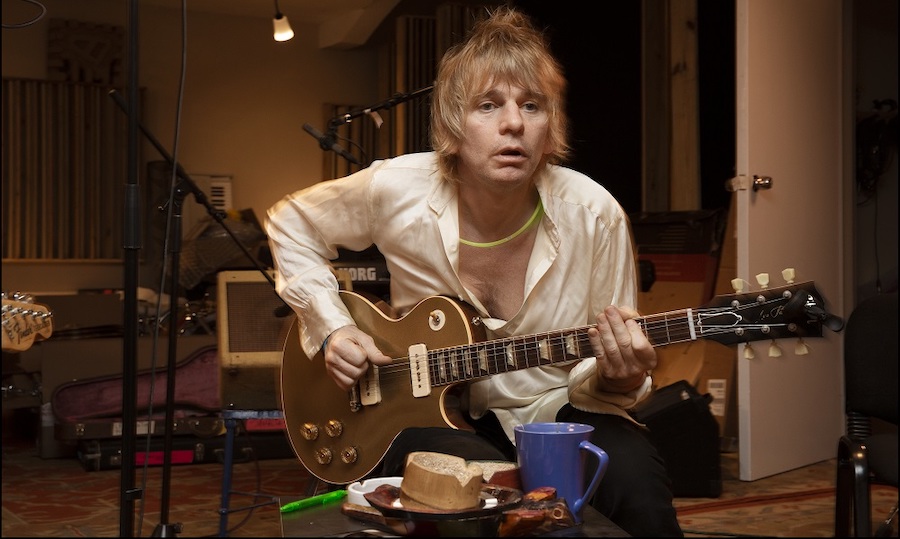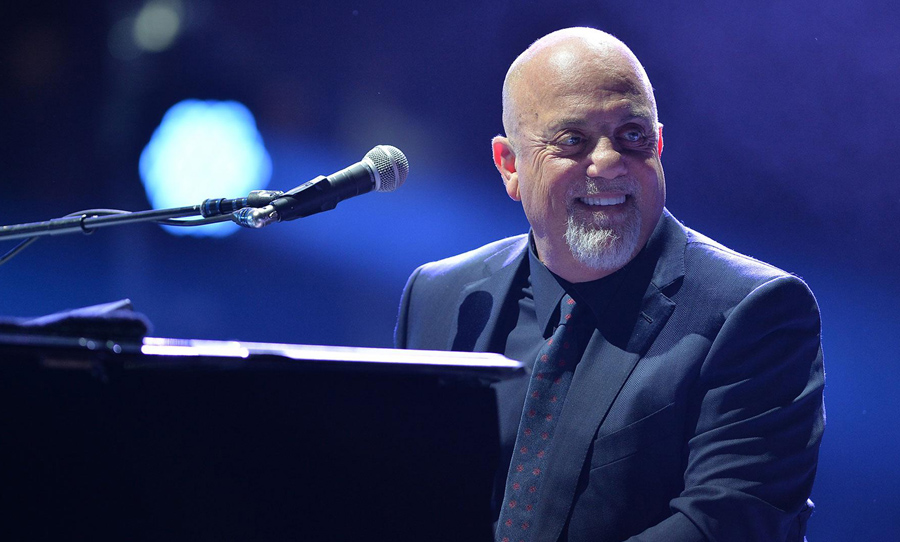Pete Townshend was the electric, creative force behind The Who and the aggressive edge of the British invasion both on and off stage. Let’s explore the career of this rock polymath.
Pete Townshend embodies the archetype of the messianic rock star, intent of disrupting the normalcy of music. The Who are established art-pop and mod icons who have been credited with inventing the ‘rock opera’ — all thanks to Townshend.
People throw around the word ‘genius’, but when it comes to the contributions he made to rock and popular music, Townshend has to be one of the most important composers of the 2oth century.
Being a rock legend is complicated; so we’ve thrown together a guide so you can ‘get’ Pete Townshend in 5 easy steps.
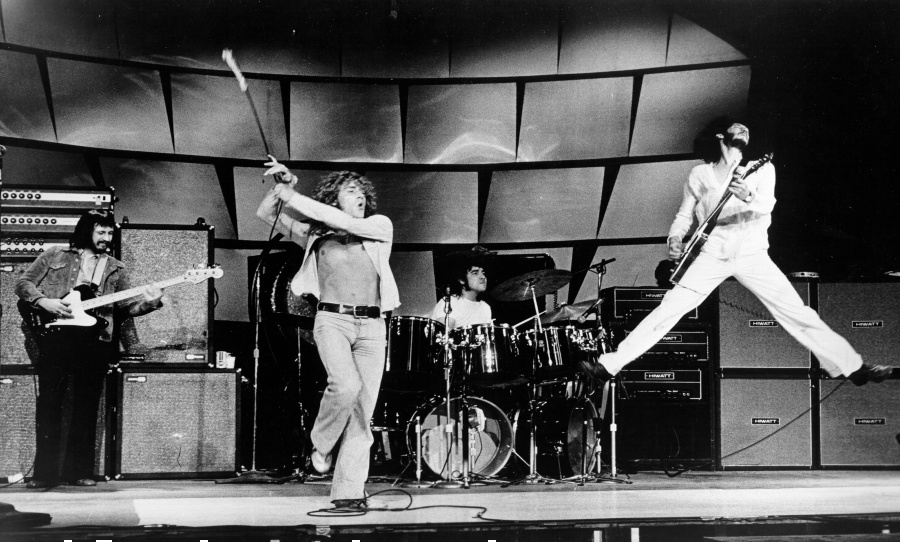
1. Be the lead guitarist of The Who.
The Who was a searingly powerful band, capable of matching anyone on talent and ferocity. But Townshend was a standout.
In concert, you could see him bolting around the stage, leaping into the air, and spinning his arms across the strings in his trademark “windmill” fashion. These moves would be immortalised in rock history — Townshend is arguably the most visual guitarist of his and future generations.
Speaking of generations, this aggressive presence is most duly noted in My Generation — a hit single that cemented The Who’s reputation as a hard-headed band, accurately reflecting the feelings of thousands of pissed off adolescents at the time.
Townshend developed an incredibly unique guitar style. You could see him blend rhythm and lead and swing between furiously strummed chord patterns and crunching power chords to chromatic scales and delicate fingerpicking.
2. Trash anything from guitars to TVs
The Who is synonymous with a ‘bad boy’ energy, which Townshend was often at the forefront of.
His rock and roll antics — think smashing his guitar on stage, trashing hotel rooms or throwing TV’s out of windows — have been gloriously recorded and exalted, and became instrumental to the success of the band.
Townshend, who left art school after The Who blew up, leaned into the creative forces behind “auto-destruction“. When The Who frontman Roger Daltrey was asked why his guitarist smashed his guitar to smithereens at the climax of each performance, he revealed it was never for the visuals. Rather, the destruction was “the sound it made…this thing would scream. It was an incredible sonic experience”.
Later, Townshend would comment: “People still say that I should never have smashed instruments… fuck off. It is how I got you to listen to me.”

3. Compose rock operas
Take a story of rebirth, reincarnation and spiritual perfection, inject it with quirky, dynamic rock strumming and you have a sound that would define the second era of The Who.
Townshend traded in the adolescent catharsis of early hits like I Can’t Explain for more spiritually-minded material. Here, his concept album turned rock opera Tommy (1969) was born.
The vision was cosmic. The album zeroes in on the experiences of a “deaf, dumb and blind kid” who begins a Meher Baba-like religious movement after becoming a sort of Pinball messiah.
It’s a story that touched on the abuse Townshend himself endured as a child.
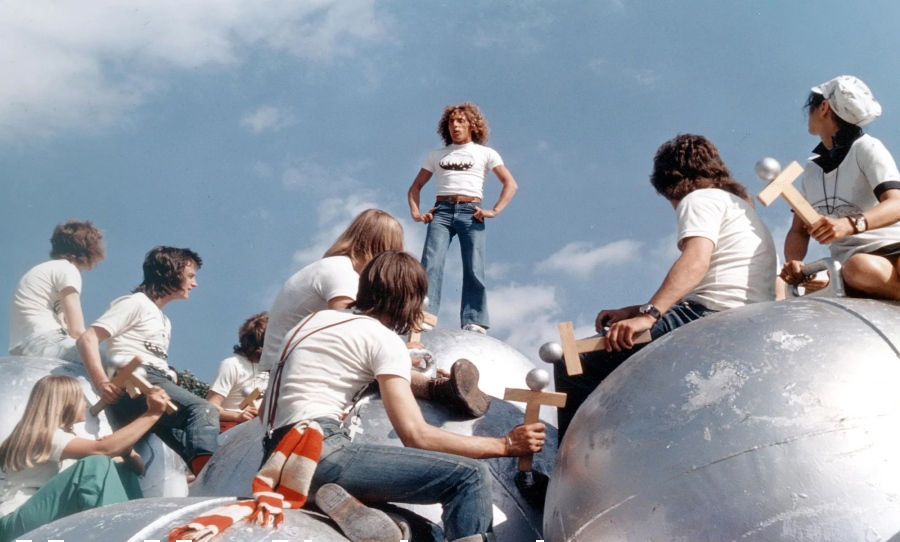 A still from the 1975 film adaptation of Tommy
A still from the 1975 film adaptation of Tommy
Tommy was brought to Broadway in 1992 and collected a Tony Award for Best Director and Best Choreographer. In 1998 Tommy was inducted into the Grammy Hall of Fame and made to the Top 100 of Rolling Stones 500 greatest albums of all time.
Quadrophenia, released in 1973 was the second of The Who’s rock operas. In fact, this is the only Who album entirely composed by Townshend. Quadrophenia was passionately composed — complete with jarring by melodic music and battling lyrics. It’s a story of “every kid as a heroic fuckup”.
While it was another extravagant project, it surpassed the critical and commercial success of Tommy. Quadrophenia was compared to a “museum…it’s textbook art” by music journalist Robert Christgau and has been regarded as “The Who’s best” by Billboard. Townshend said, the band “never recorded anything as ambitious or audacious again“.
4. Write, write, and write some more
Equipped with a famously sharp tongue, Townshend was one of the most sought after musicians for interviews and The Who’s height, as he always had something controversial to say.
He wrote essays for Rolling Stone magazine in the ’70s, which ranged from behind the scenes accounts of The Who’s album creations, to his spiritual journey with Meher Baba. he became an editor for Faber and Faber and founding a children’s publishing company called Eel Pie Publishing in the early ’80s.
Eventually, he would melt his experiences, his scathing reports and his dark musings into his debut novel called The Age of Anxiety which was published in 2019. The novel, which was originally imagined as an opera, includes grand themes of divine madness, long lost children and haunting soundscapes.
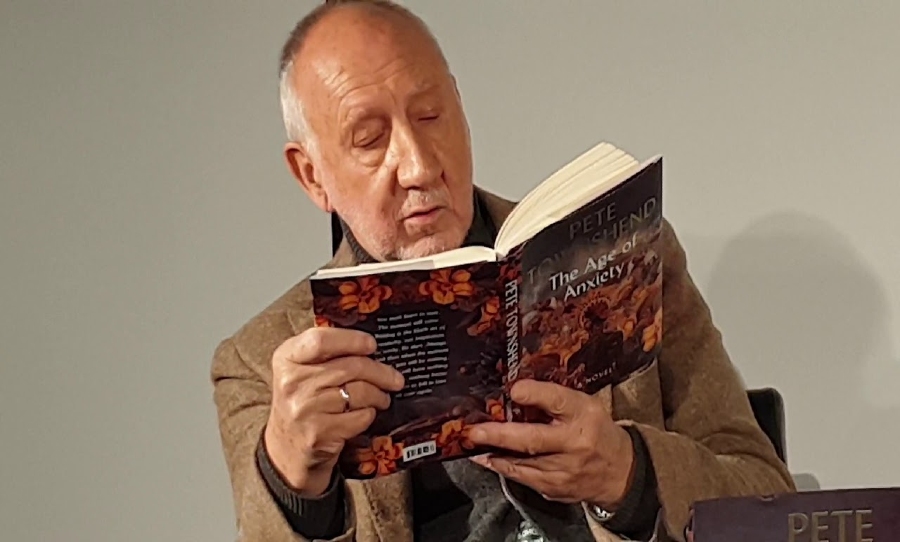
5. Devote the remainder of your days to philanthropy
Townshend has woven a long history of philanthropic efforts, both as a solo artist and with The Who.
The Who founded Double O in 1976, an organisation dedicated to helping female survivors of drug and alcohol damage, domestic violence and sexual abuse through music education, emergency relief and prison reform.
Townshend and Roger Daltrey went on to become primary patrons of Teenage Cancer Trust by founding Who Cares. The pair perform annual charity events at the Royal Albery Hall and have raised nearly £3 million.

In an interview with the New York Times, Pete Townshend was asked about nostalgia and its role in making a ‘good’ Who concert. This was his response:
“What I really want now is a couple of moments on the stage in which I have the potential to wreck the whole thing. If I can do that I’m happy. Just for a moment”

